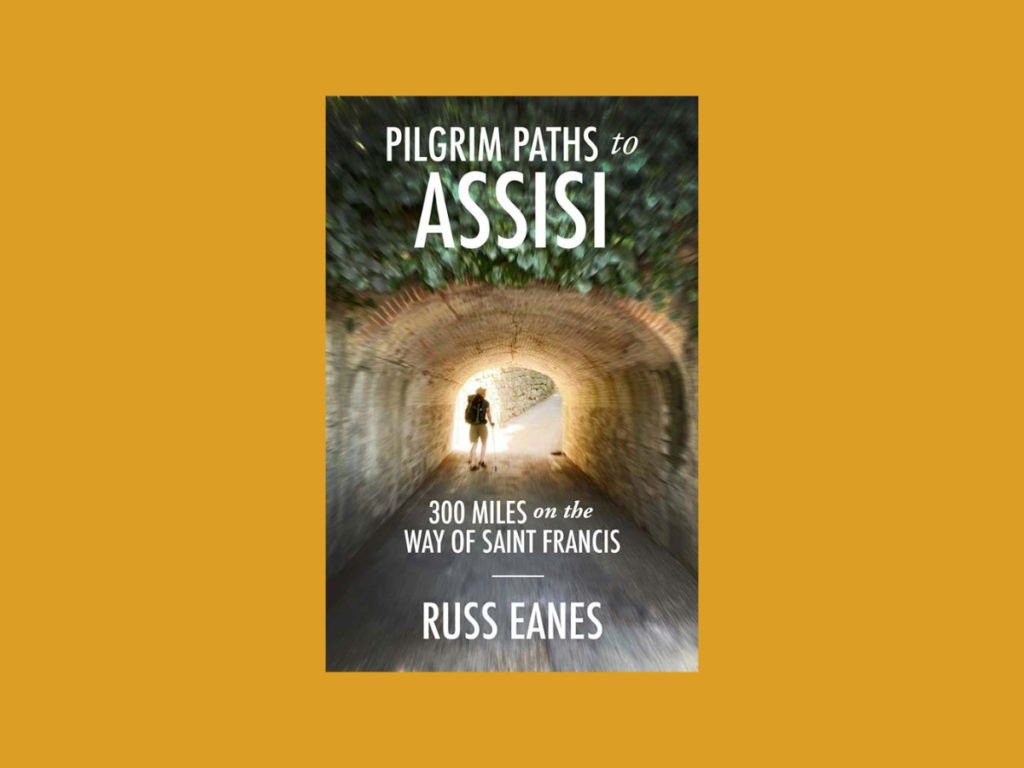Book Review: Pilgrim Paths To Assisi

Pilgrim Paths to Assisi: 300 Miles on the Way of Saint Francis
by Russ Eanes
The Walker Press, 2023
233 pages
on Goodreads
Reviewed by Roni Jackson-Kerr | Tulsa, OK

Russ Eanes’s debut Camino book, The Walk of a Lifetime, was so thoroughly enjoyable, I jumped at the chance to review his follow-up book. Pilgrim Paths to Assisi discusses his experience walking the Via di Francesco, or Way of St. Francis, from Florence to Rome, broken up into three distinct stages of a pilgrimage undertaken between 2019 and 2022: Florence to Assisi in April 2022, Rome to Rieti in September 2022, and Rieti to Assisi in September 2019. The organization of the book is linear rather than chronological. Each section chronicles Russ’s three treks with St. Francis, the first and second of which took place three years apart as the world grappled with a global pandemic that sent scores of yearning pilgrims into a different kind of meditative journey.
The Via di Francesco ventures through the Apennine Mountains, meandering through some of Italy’s most historic and beautiful villages and countryside, and connecting places of significance to Francis of Assisi, one of Catholicism’s most beloved saints.
While much has been written about St. Francis the man, books about the pilgrimage dedicated to the saint are a good deal harder to come by. This makes Russ’s newest work all the more welcome and valuable to pilgrim literature, as it provides wonderful insight into this somewhat lesser-known European pilgrim path.
Russ does a lovely job weaving together real-time observations from the trail, the personal significance he derives from the experience, and his philosophical musings on the meaning of pilgrimage in general. As a writer and pilgrim, Russ is deeply reflective as he explores these sacred places of significance to the saint that has left such a palpable impression on his life and worldview. His deep admiration of Francis is contagious, even for readers who might be slightly more bereft of religious or Catholic affiliation, and the values of simple living that St. Francis embodies will immediately appeal to anyone with a deep affinity for pilgrimage and the sacredness of the natural world.
The greatest appeal of Russ’s writing is a sense of ever-present kinship with a fellow pilgrim who meditates deeply on what it means to be a pilgrim and who fully offers himself to the experience of pilgrimage. He trusts that both the blessings and the challenges of the trail will serve to enrich him and lend meaning to the journey. May we all experience pilgrimage with such a level of trusting surrender.
This review was featured in our Winter 2024 issue of La Concha. The theme was “The Artist’s Way”, and you can find the full issue in our archive here.

